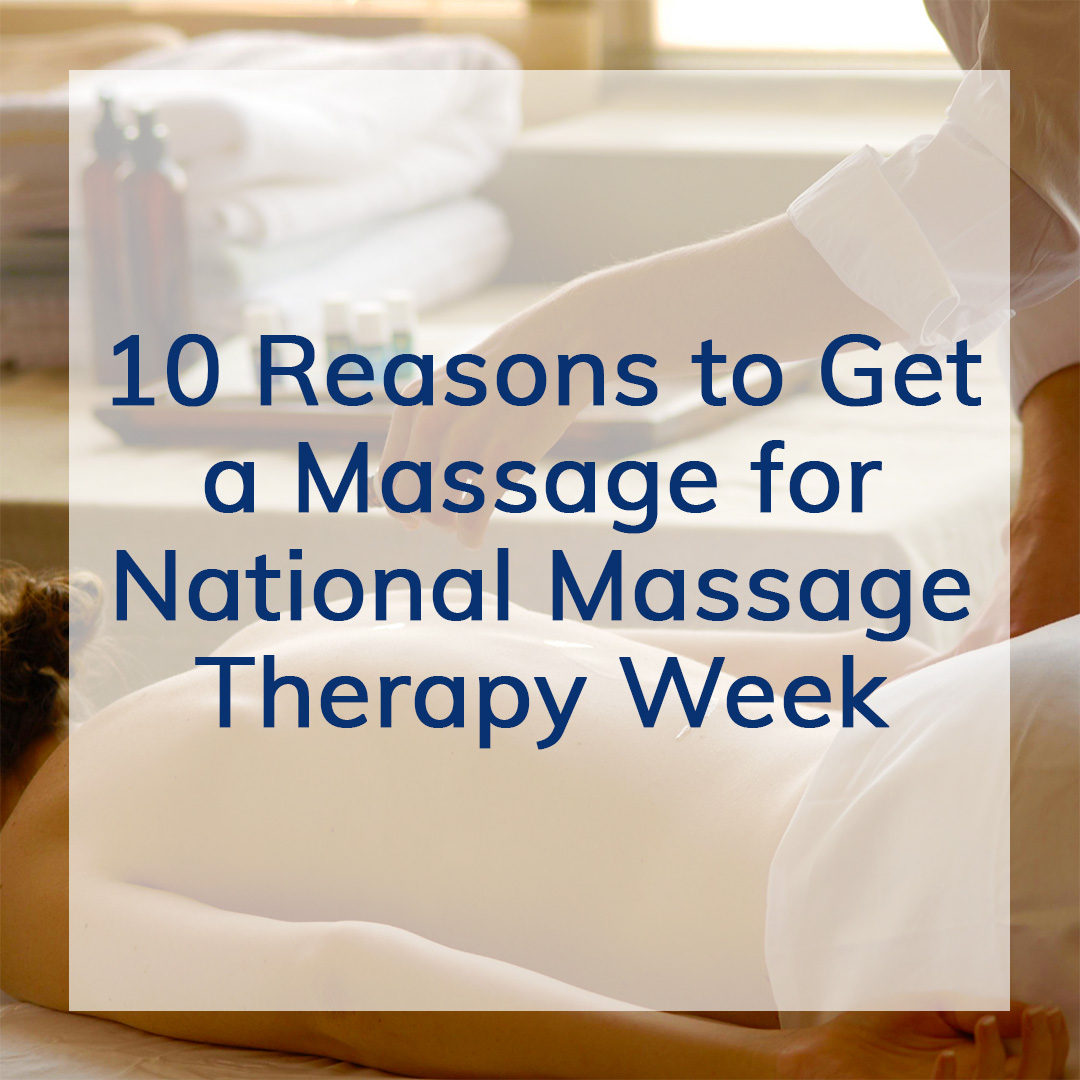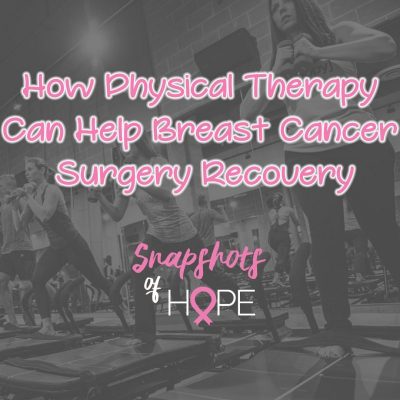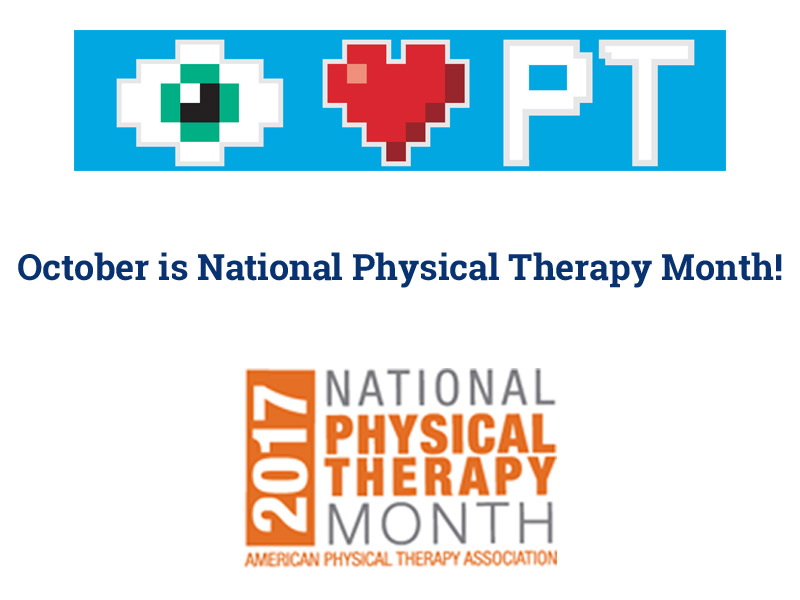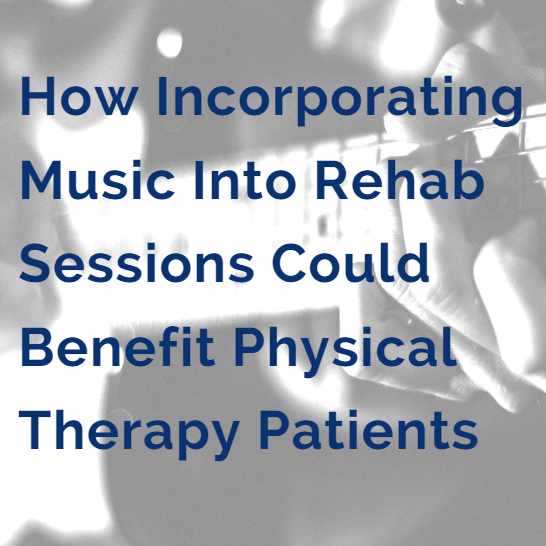10 Reasons to Get a Massage for National Massage Therapy Week
The American Massage Therapy Association’s National Massage Therapy Awareness Week® is October 22-28, 2017 and celebrating its 21st year!
Think a massage is just a massage? No way! That’s like saying that all varieties of wine are the same. Massage can, and should, be very specific to a patient’s needs and a patient’s requests. Within the normal options of sports massage, prenatal massage, deep tissue, trigger point, or aromatherapy massage, there are endless personalized customizations that can be made, just for you.
Massage therapy is one of the oldest healthcare practices in history, dating back nearly 5,000 years to the ancient Egyptians in 2,700 BC. Although there were times in history when massage therapy fell out of favor, in the 1960’s, massage therapy made a comeback as a tool for alternative healing, alternative medicine, and relaxation. Today, massage is one of the most popular healing modalities.
If you are feeling the need for a massage, we offer a variety of massage types here at Theramedic Rehab. Take a moment to Schedule a Massage today!
Ten Reasons to Get a Massage for National Massage Therapy Week
1. Massage relieves stress
This is a big one. If you’re not stressed out from time to time, you’re likely kidding yourself. One of the best ways to relieve that stress is a massage from a licensed massage therapist. If mental worry is your biggest issue, opt for an aromatherapy massage, a technique designed to promote relaxation, or If you’re pregnant, opt for a prenatal massage.
2. Massage manages back and neck pain
Back or neck pain is a constant irritant for office workers. All those hours people spend slumped in a chair or curled around a keyboard translate into back and neck cramps, knots or soreness. Massage is one of the best ways to iron out those snarled muscles.
3. Prenatal massage can ease discomfort for both mom and baby
Medical massage relieves many of the normal discomforts experienced during pregnancy, such as backaches, stiff neck, leg cramps, headaches and edema (or swelling). In addition, massage for pregnant women reduces stress on weight-bearing joints, encourages blood and lymph circulation, helps to relax nervous tension (which aids in better sleep) and can help relieve depression or anxiety caused by hormonal changes.
4. It can give your immune system a boost
Getting a regular massage is a great way to boost your immune system and ward off nasty germs during the fall and winter months. Massage has been proven to reduce inflammation (which hurts the immune system) and increase numbers of your immune-boosting white blood cells.
5. Massage can help you sleep
Studies show that getting a 60-minute massage is equal to 7-8 hours of sleep to your body. It’s hard for patients to get quality sleep when they’re anxious, in pain or stressed out. With the relaxation patients get from massage therapy, it makes it easier for patients to doze off into a deep sleep – That’s why people who have Insomnia are often advised to get this therapy.
6. It can help your range of motion
When recovering from an injury, patients typically have tight muscles, tendons, and ligaments or have a chronic condition like arthritis. Massage is great for increasing the range of motion in limbs and joints, allowing them to move more freely and with less pain. This is especially helpful when combined with physical therapy.
7. Massage can help relieve headache symptoms
Stiff muscles can impede the flow of blood in the body, which can result in a headache. Luckily, massage is a great way to promote blood flow and circulation, making headaches less frequent and severe. Also, cranial sacral therapy (also known as craniosacral therapy) is a gentle massage technique that addresses the bones of the head, spinal column, and sacrum to release compression in those areas.
8. Massage helps people recover quicker from workouts
More workouts mean more sore muscles and post-run stiffness. Fortunately, massage has been proven to reduce the incidence of DOMS (delayed onset muscle soreness), getting you back in the gym that much faster.
9. Helps manage depression without prescription drugs
Massages help increase serotonin, the chemical responsible for maintaining mood balance. Serotonin’s effect on lowering stress levels can promote a positive attitude.
10. Treat yourself for once
Aside from all its wonderful therapeutic effects, massage just plain feels good. Massage therapy is one of the few nice things you can do for yourself that’s also good for your mental and physical health. Also, you don’t need a prescription to stop in for a massage from us. Go ahead and schedule a Massage today!
Fun facts about massage therapy:
- A 30-minute massage is equal to 3-4 hours of sleep to your body
- Sense of touch is the first sense to develop in humans and are among the last to fade
- Touch and massage stimulates the release of endorphins, the body’s natural painkillers
- There are approximately 5 million touch receptors in our skin and 3,000 in a fingertip alone
- Massage therapy was a $13 billion industry in 2016 and continues to grow each year
The benefits of massage therapy include:
- Stress Relief – Stress can be carried in muscles. As these muscles get relaxed through massage, it can relieve tension within
- Pain Relief – Being able to work out the “kinks” can decrease the pain developing in that specific area
- Reduced Inflammation – Helping bring blood flow to these areas through massage can decrease the inflammation
- Improved Circulation – Massage helps to move blood and oxygen through the body to where it needs it most
- Improved Digestion – There is a lot of research supporting how digestion is aided through massage, as massage has a positive effect on the abdominal muscles
- Sense of Calmness – People experience anxiety, stress, hyperactivity, and pressure daily. Massage can be a therapeutic way to release those emotions and restore peace
- Improve Posture – Massage can help avoid slouching by relieving tension that runs along the neck and spine, which plays a pivotal role in posture
- Help Treat Injuries – Injury rehab typically uses a combination of medical massage and physical therapy to enhance movement and healing
- Alleviate Headaches – Headaches can be caused due to pain in the neck and shoulders, stress, or even pinched nerves






 University of Edinburgh researchers suggest that listening to music while performing basic tasks may help strengthen the linked structures between brain regions that control the understanding of sounds and physical movement.
University of Edinburgh researchers suggest that listening to music while performing basic tasks may help strengthen the linked structures between brain regions that control the understanding of sounds and physical movement.